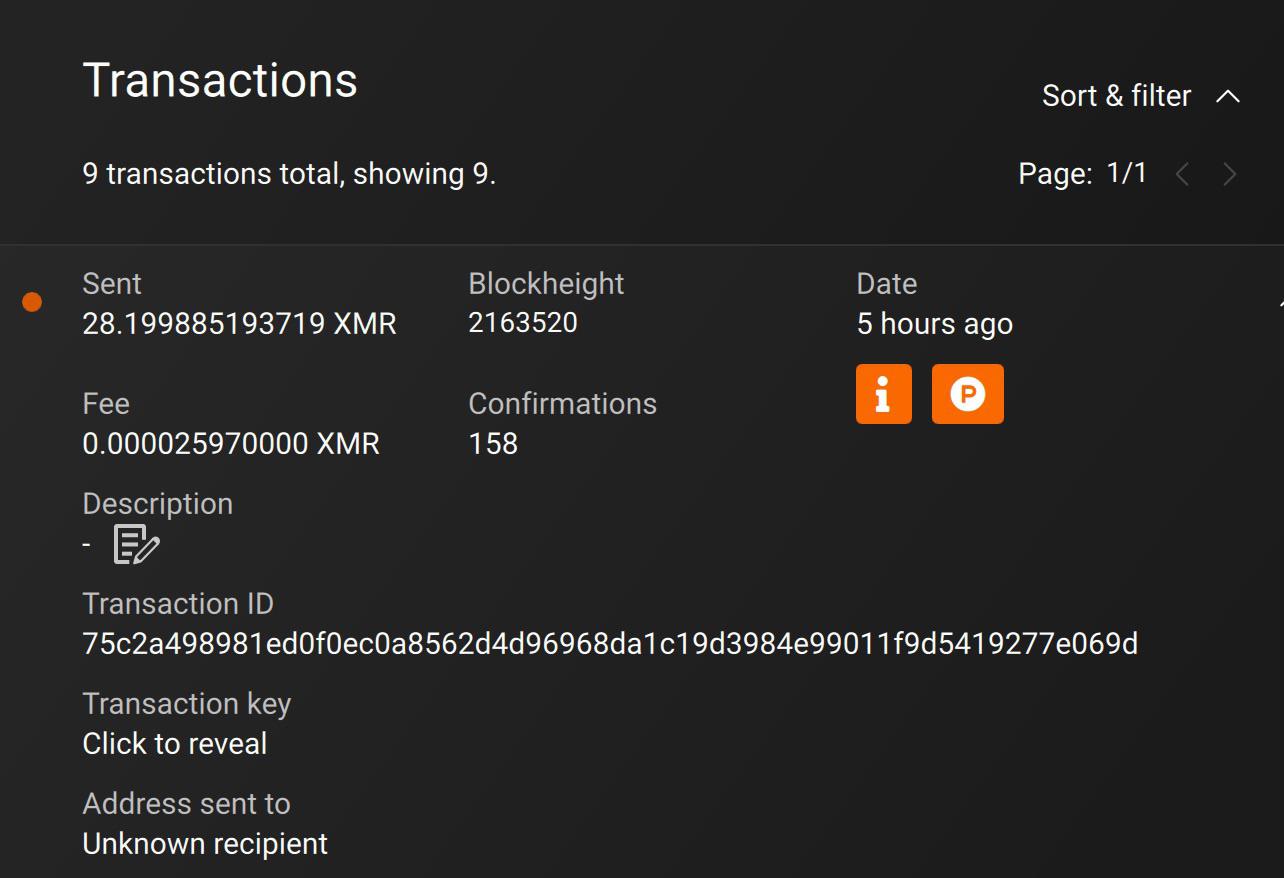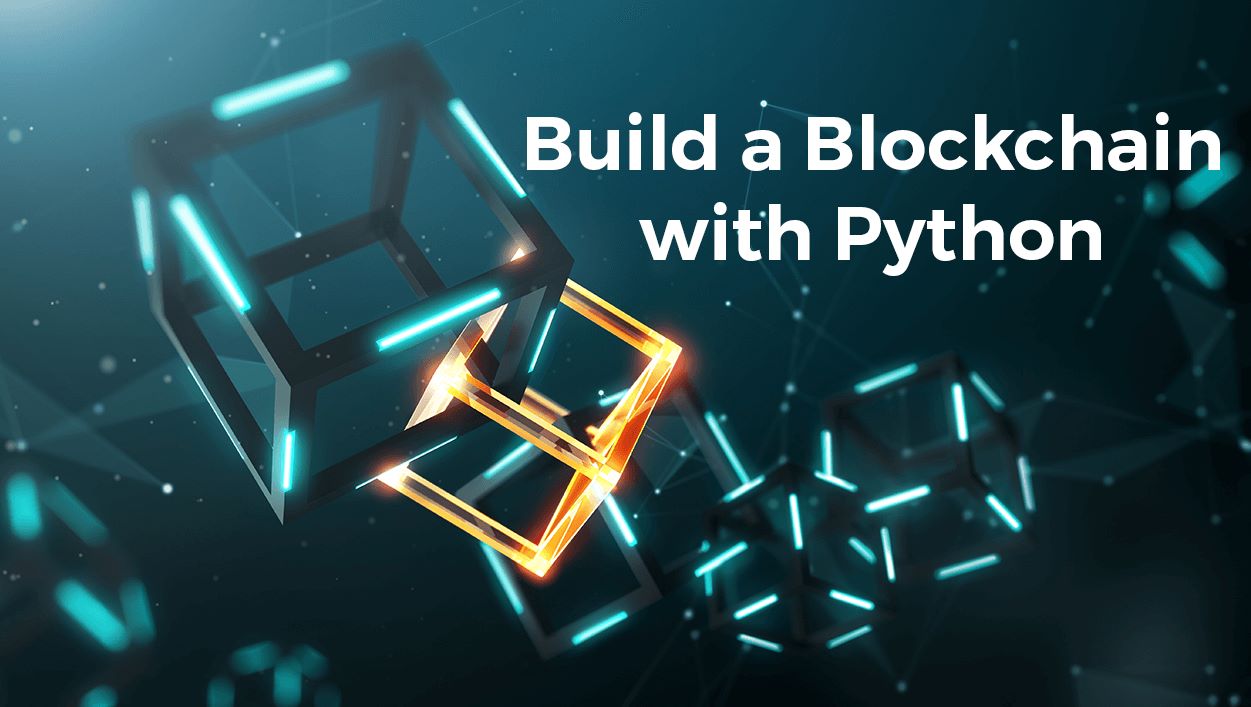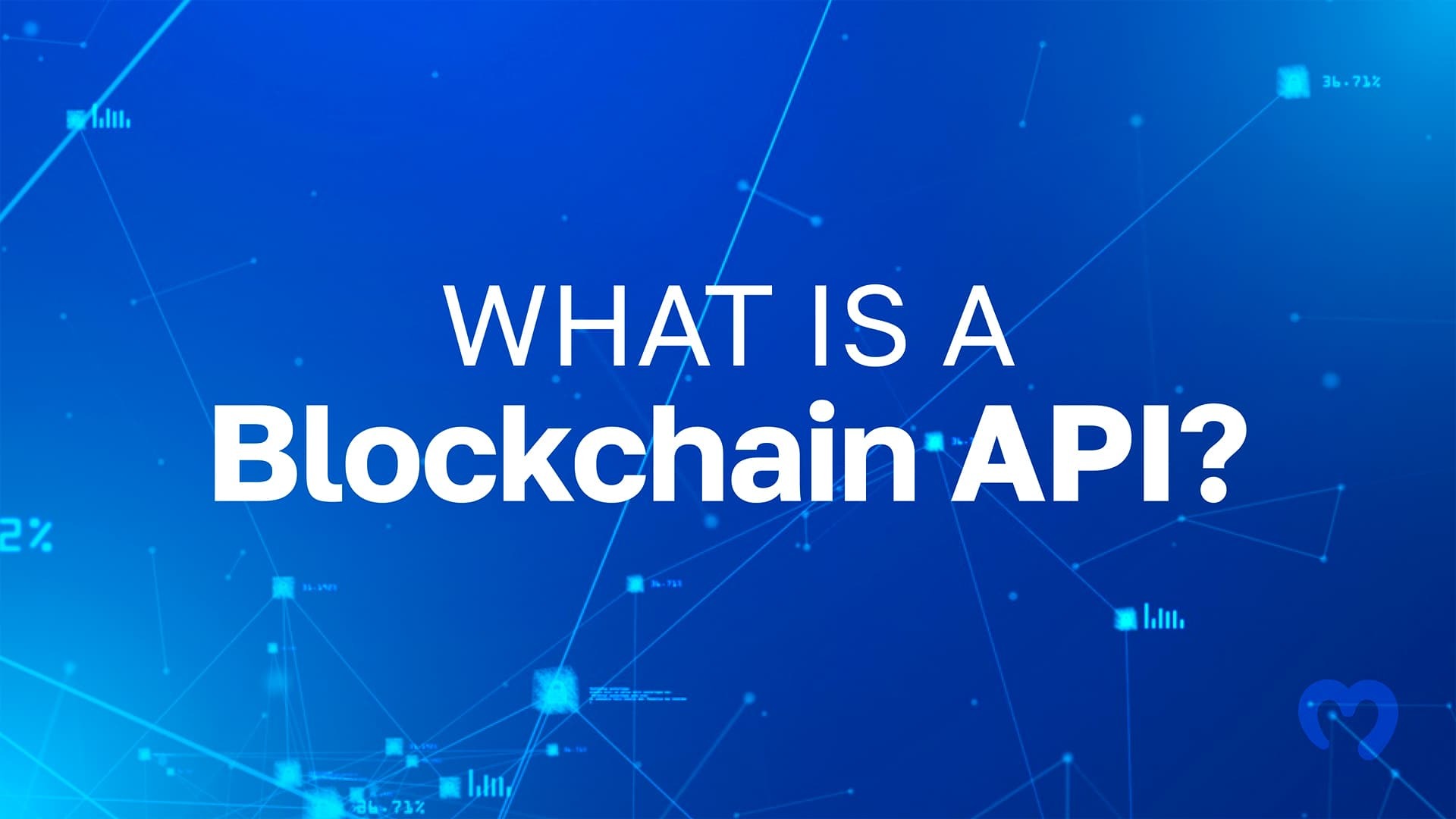

Finance
What Is Nonce In Blockchain
Published: October 23, 2023
Learn about the significance of nonce in blockchain and its impact on the finance industry. Enhance your understanding of this crucial concept and its role in ensuring data security.
(Many of the links in this article redirect to a specific reviewed product. Your purchase of these products through affiliate links helps to generate commission for LiveWell, at no extra cost. Learn more)
Table of Contents
Introduction
Blockchain technology has revolutionized various industries, including finance, by providing a secure and transparent platform for conducting transactions. At the heart of this groundbreaking technology lies the concept of “nonce.” While nonce may sound like an unfamiliar term, it plays a crucial role in ensuring the integrity and security of the blockchain.
In simple terms, nonce, which stands for “number only used once,” is a unique piece of data that is added to a block in the blockchain. It is a crucial component in the mining process and helps maintain the immutability of the blockchain.
The concept of nonce is deeply rooted in cryptography, where it is used to solve complex mathematical puzzles. These puzzles are designed to validate and secure transactions on the blockchain network. By incorporating nonce into the equation, blockchain technology ensures that each block is unique and cannot be altered or tampered with.
Understanding how nonce works and its significance in the blockchain ecosystem is vital to grasp the underlying principles of blockchain technology. In this article, we will delve deeper into the concept of nonce, its role in blockchain, and its influence on the overall security of the network.
Definition of Nonce
To fully comprehend the concept of nonce in blockchain, it is important to start with its basic definition. As mentioned earlier, nonce stands for “number only used once.” In the context of blockchain, nonce refers to a 32-bit (or larger) arbitrary number that is added to a block to create a unique hash value.
Each time a miner attempts to create a new block, they are required to find a nonce value that, when combined with the other data in the block, produces a hash that meets certain criteria. These criteria are typically defined as a target value, such as having a specific number of leading zeros in the hash.
The key characteristic of a nonce in the context of blockchain is that it must be unique for each attempted hash calculation. Miners need to continuously change the value of the nonce until they find one that produces the desired hash result. Since the nonce is contained within the block, changing its value alters the hash of the block, ultimately affecting the entire blockchain’s integrity.
A nonce is a randomly selected number that a miner uses as part of the block’s data during the mining process. It serves as a puzzle piece that miners must find in order to generate a valid hash for the block. The unique nature of the nonce adds an additional layer of security to the blockchain, making it difficult for malicious actors to tamper with the data in the blocks.
It’s important to note that nonce values need to be large and varied enough to ensure that no two blocks have the same hash value. If the nonce were too small or limited, it would be easier for attackers to identify patterns and potentially manipulate the blockchain’s integrity. Therefore, having a sufficiently large nonce space is crucial in maintaining the security and immutability of the blockchain.
Role of Nonce in Blockchain
The role of nonce in blockchain is fundamental to the security and integrity of the entire network. It serves several important functions, which are crucial to understand in order to appreciate the significance of nonce in blockchain technology.
One of the main roles of nonce is in establishing the uniqueness of each block within the blockchain. By incorporating a unique nonce value in each block, blockchain technology ensures that no two blocks will have the same hash value. This uniqueness, combined with the link between blocks through cryptographic hashes, creates an unbroken chain of transaction records that is resistant to tampering and alteration.
Nonce also plays a vital role in the mining process, which is central to the functioning of blockchain networks. The mining process involves solving a complex mathematical puzzle, often referred to as the “proof-of-work” algorithm. Miners, by changing the nonce value, repeatedly calculate the hash of the block until they find a hash that meets certain criteria.
The specific criteria vary depending on the blockchain network, but commonly include having a hash that starts with a certain number of leading zeros. This difficulty level is adjusted dynamically to ensure that blocks are added to the blockchain at a steady rate.
By requiring miners to find a nonce that meets the set criteria, the blockchain network incentivizes them to expend computational resources and compete with one another. This competition helps maintain the security and decentralization of the network, as it becomes increasingly difficult for a single entity to control a majority of the network’s mining power.
Furthermore, nonce also helps prevent possible double-spending attacks on the blockchain. Since the nonce is unique for each block, attempting to alter or tamper with a transaction by changing the nonce value would result in a different hash value for the block. This inconsistency would be immediately detected by other participants on the network, ensuring that only valid and legitimate transactions are added to the blockchain.
In summary, the role of nonce in blockchain is multi-faceted. It ensures the uniqueness of each block, helps secure the network through the proof-of-work algorithm, and prevents malicious actors from tampering with the blockchain’s integrity. Without the inclusion of nonce in each block, the robustness and trustworthiness of the blockchain would be compromised.
Nonce and Proof of Work
Nonce is intimately linked with the concept of Proof of Work (PoW), which is a consensus algorithm used by many blockchain networks, including Bitcoin. PoW is the mechanism through which miners validate and add new blocks to the blockchain.
In the context of PoW, nonce is utilized to solve a computational puzzle that requires significant computational power. The puzzle involves finding a hash value for a block that meets certain criteria, such as having a specific number of leading zeros. Miners achieve this by repeatedly changing the nonce value and recalculating the hash of the block until they discover a hash that satisfies the given criteria.
The process of finding the correct nonce value requires trial and error, as the solution is not predetermined. Miners must iterate through numerous nonce values until they find one that, when combined with the other block data, produces a hash that meets the target criteria. The combination of nonce with other block data creates a unique input for each hash calculation, ensuring that each attempt produces a distinct result.
The computational puzzle inherent in PoW serves a crucial purpose in blockchain networks. By requiring miners to expend significant computational resources and time to find the correct nonce, it makes it difficult and expensive for malicious actors to manipulate the blockchain. This helps to maintain the security, immutability, and decentralized nature of the network.
Once a miner discovers a valid nonce, they broadcast the solution to the network, along with the other block data and its corresponding hash. Other participants in the network can quickly and easily verify the solution by recalculating the hash using the same nonce and block data. If the recalculated hash matches the hash provided by the miner, the block is considered valid and is added to the blockchain.
It’s worth noting that the difficulty of the computational puzzle can be adjusted to regulate the rate at which blocks are added to the blockchain. When more participants join the network, the mining difficulty increases to maintain a consistent block creation time. This dynamic adjustment ensures the stability and security of the blockchain network.
Overall, the inclusion of nonce in the PoW algorithm is crucial to the functioning of blockchain networks. It provides a means for miners to validate and secure new blocks while preventing malicious actors from easily manipulating the blockchain. The combination of nonce and PoW helps maintain the decentralization, transparency, and trustworthiness of the blockchain ecosystem.
Nonce and Mining Process
The concept of nonce plays a vital role in the mining process of blockchain networks. Mining, typically associated with Proof of Work (PoW) consensus algorithms, involves finding a valid nonce value that satisfies a predetermined criterion. Let’s explore how nonce is intertwined with the mining process and its significance in ensuring the security and integrity of the blockchain.
When miners attempt to add a new block to the blockchain, they gather a set of pending transactions and other necessary data. This data is combined with a nonce value, typically a 32-bit (or larger) arbitrary number. The goal of the miner is to find a valid nonce value that, when hashed with the other block data, produces a hash that meets specific criteria.
The criteria for a valid hash value varies depending on the blockchain network and the difficulty level set by the consensus algorithm. Typically, it involves generating a hash value with a certain number of leading zeros. The difficulty level is adjusted dynamically to regulate the rate of block creation, ensuring a consistent and secure network.
The mining process is iterative and computationally intensive. Miners need to change the value of the nonce repeatedly and recalculate the hash of the block until they find a nonce that produces a hash meeting the predefined criteria. Since the nonce is a 32-bit value, there are approximately 4.3 billion possible nonce values for each block, which underscores the vast number of attempts miners need to make to find the correct nonce.
Miners employ significant computational power, often in the form of specialized hardware called Application-Specific Integrated Circuits (ASICs), to perform these hash calculations at high speeds. This competitive process incentivizes miners to invest in powerful hardware and consume a substantial amount of energy, as the first miner to find a valid nonce wins the right to add the next block to the blockchain.
The role of nonce in the mining process is twofold. Firstly, it serves as a puzzle piece in the calculation of the block’s hash. By modifying the nonce value, miners create a unique input for the hash function, ensuring that each attempt at finding the correct nonce produces a distinct result.
Secondly, the inclusion of nonce in the mining process adds an element of randomness. Since the nonce is a 32-bit number, miners must try different combinations until they find one that satisfies the criteria for a valid hash. This random search process ensures a fair and competitive environment, preventing any single miner from easily monopolizing the block creation process.
The discovery of a valid nonce signifies the successful completion of the mining process for a specific block. The miner who finds this nonce broadcasts it to the network, along with the other block data, allowing other participants to verify the solution easily. Once verified, the block is added to the blockchain, and the miner is rewarded with newly minted cryptocurrency tokens as an incentive for their computational work.
In summary, the inclusion of nonce in the mining process is instrumental in maintaining the security and decentralized nature of blockchain networks. It introduces randomness and competition into the block creation process, making it difficult for any single participant to control the network. By finding a valid nonce, miners contribute to the overall security and integrity of the blockchain while being rewarded for their computational efforts.
Importance of Nonce in Blockchain Security
The importance of nonce in blockchain security cannot be overstated. It plays a critical role in ensuring the immutability, integrity, and trustworthiness of the blockchain network. Let’s explore why nonce is of utmost importance in maintaining the security of blockchain technology.
One of the primary functions of nonce is to ensure the uniqueness of each block within the blockchain. By adding a unique nonce value to each block, the blockchain network guarantees that no two blocks will have the same hash value. This uniqueness creates an unbroken chain of transactions that is resistant to tampering and alteration.
Nonce is an integral part of the mining process, which is central to the security of blockchain networks that utilize Proof of Work (PoW) consensus algorithms. Miners, by changing the nonce value, attempt to find a hash value that meets certain predefined criteria. This computational puzzle ensures that adding new blocks to the blockchain requires considerable computational resources and effort.
The inclusion of nonce in the mining process strengthens the security of the blockchain in several ways. Firstly, it prevents malicious actors from easily manipulating the blockchain through the alteration of block data. Each block’s hash value depends not only on the transactions within it but also on the specific nonce value. Changing the nonce would lead to a completely different hash, making any attempted tampering immediately detectable.
Furthermore, the computational puzzle imposed by nonce and PoW adds an extra layer of security against potential attacks, such as double-spending. The process of finding a valid nonce requires significant computational power and resources. This difficulty acts as a deterrent, making it economically unfeasible for malicious actors to attempt to control the blockchain network or reverse transactions.
The competitive nature of the mining process, facilitated by the inclusion of nonce, also contributes to blockchain security. Miners need to continuously compete with one another to find the correct nonce value, ensuring that no single entity can dominate the network. This decentralization and distribution of mining power help protect the blockchain from the risk of collusion or centralization.
Nonce serves as a key component in verifying and validating the integrity of the blockchain. Other participants in the network can easily scrutinize the nonce and hash values provided by miners to ensure that the blocks are valid and adhere to the blockchain’s consensus rules. This transparency and auditability enhance the overall security and trustworthiness of the blockchain network.
In summary, nonce plays a crucial role in maintaining the security of the blockchain. Its inclusion ensures the uniqueness of each block, prevents tampering and alteration, adds an additional layer of security through the PoW algorithm, and maintains the decentralization and transparency of the network. By incorporating nonce in the blockchain, the technology maintains its resistance to attacks and reinforces the trustworthiness and immutability of the data stored within.
Nonce in Different Blockchain Platforms
Nonce is a fundamental concept in blockchain technology, and its implementation can vary across different blockchain platforms. While the underlying purpose of nonce remains the same – ensuring the uniqueness and security of each block – the specific implementation can differ based on the platform’s consensus algorithm and design choices.
Let’s explore how nonce is utilized in some prominent blockchain platforms:
- Bitcoin: In the Bitcoin blockchain, nonce is a 32-bit arbitrary value that is part of the block header. Miners modify the nonce value repeatedly, combined with other block information, during the mining process to find a hash value that meets the PoW requirements. The challenge difficulty is adjusted every 2,016 blocks to maintain an average block creation time of approximately 10 minutes.
- Ethereum: Similar to Bitcoin, Ethereum utilizes nonce in its mining process. However, Ethereum’s nonce has a different purpose. In Ethereum, nonce is a 64-bit value associated with each account. It tracks the number of outgoing transactions from that account, preventing replay attacks and preserving transaction order within an account. This nonce is unrelated to the block mining process.
- Proof of Stake (PoS) blockchains: In PoS blockchains, such as Cardano and Ethereum 2.0, nonce is not used in the same way as in PoW systems. Instead, PoS blockchains often rely on a concept called “epoch” or “slot” to ensure uniqueness and timestamping of transactions. These systems utilize different mechanisms to achieve consensus and validate blocks, making nonce unnecessary for securing the blockchain.
- Hyperledger Fabric: Hyperledger Fabric is a permissioned blockchain platform used for enterprise applications. In this platform, nonce is used for transaction validation and ordering. It ensures that the same transaction cannot be processed multiple times and helps prevent attackers from manipulating the order of transactions within a block.
While the specific implementation of nonce might differ across blockchain platforms, its core purpose remains consistent – to establish uniqueness, security, and integrity within the blockchain system. Though the precise role of nonce may vary based on the consensus algorithm and design choices of each platform, it continues to be a crucial element that ensures the validity and trustworthiness of blockchain transactions and blocks.
Conclusion
Nonce serves as a vital component in blockchain technology, playing a crucial role in ensuring the security, integrity, and immutability of the blockchain network. By incorporating a unique nonce value with each block, blockchain technology prevents tampering and manipulation, making it a robust and reliable platform for conducting transactions.
Throughout this article, we have explored the definition of nonce and its significance in different aspects of blockchain, including the mining process and consensus algorithms such as Proof of Work. We have seen how nonce adds an element of randomness and competition, making it difficult for malicious actors to control the network or manipulate transaction data.
The inclusion of nonce in blockchain networks helps foster decentralization, transparency, and trust among participants. Miners expend significant computational resources to find the correct nonce, ensuring the security and integrity of the blockchain through the consensus algorithm. By doing so, nonce plays a crucial role in preventing double-spending attacks and maintaining the overall network security.
It is worth noting that the specific implementation of nonce may vary across different blockchain platforms, as each platform may have unique consensus algorithms and design choices. However, the underlying purpose of nonce remains consistent in maintaining the uniqueness and security of each block.
In conclusion, nonce is an indispensable element in blockchain technology. Its inclusion ensures the immutability of the blockchain, prevents tampering and manipulation, and maintains the trustworthiness of the entire network. By understanding the importance of nonce, we gain deeper insights into the functioning and security aspects of blockchain technology, ultimately paving the way for its widespread adoption and continued advancement in various industries.














